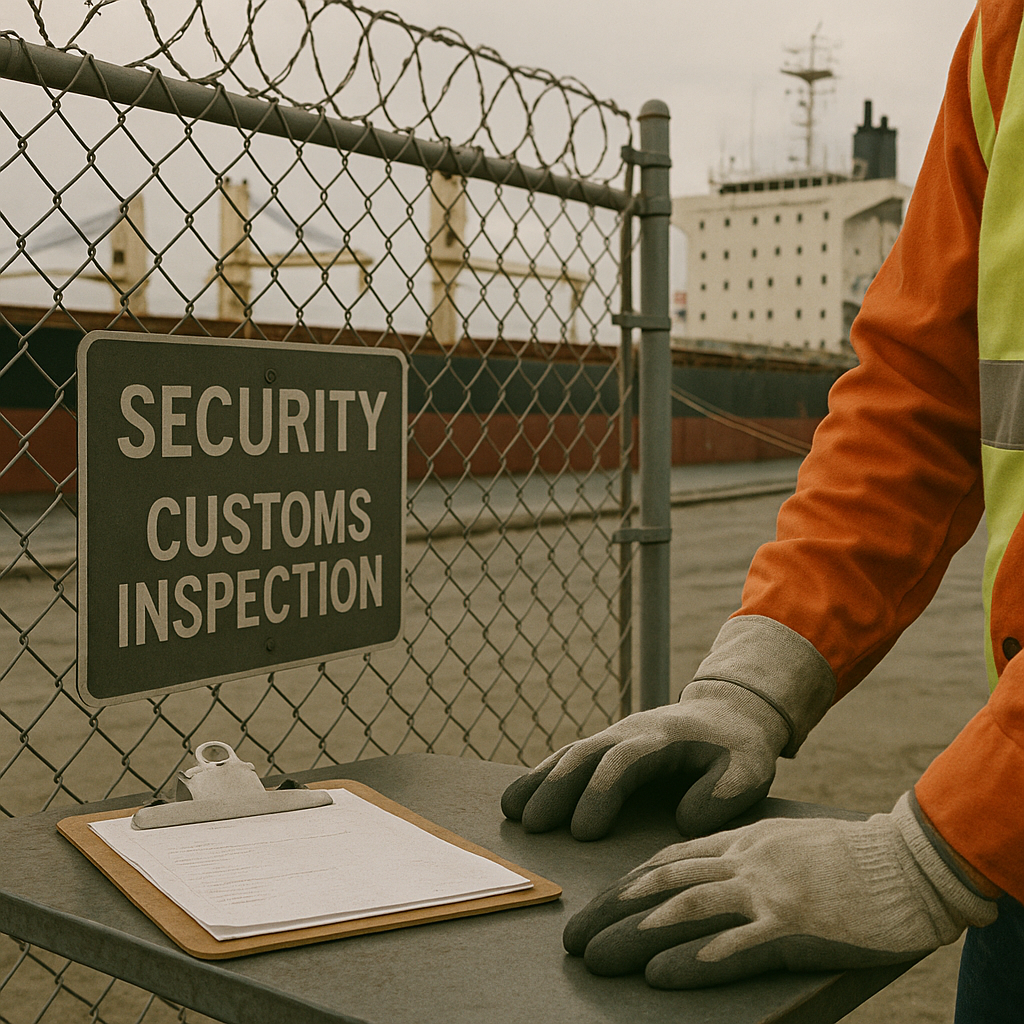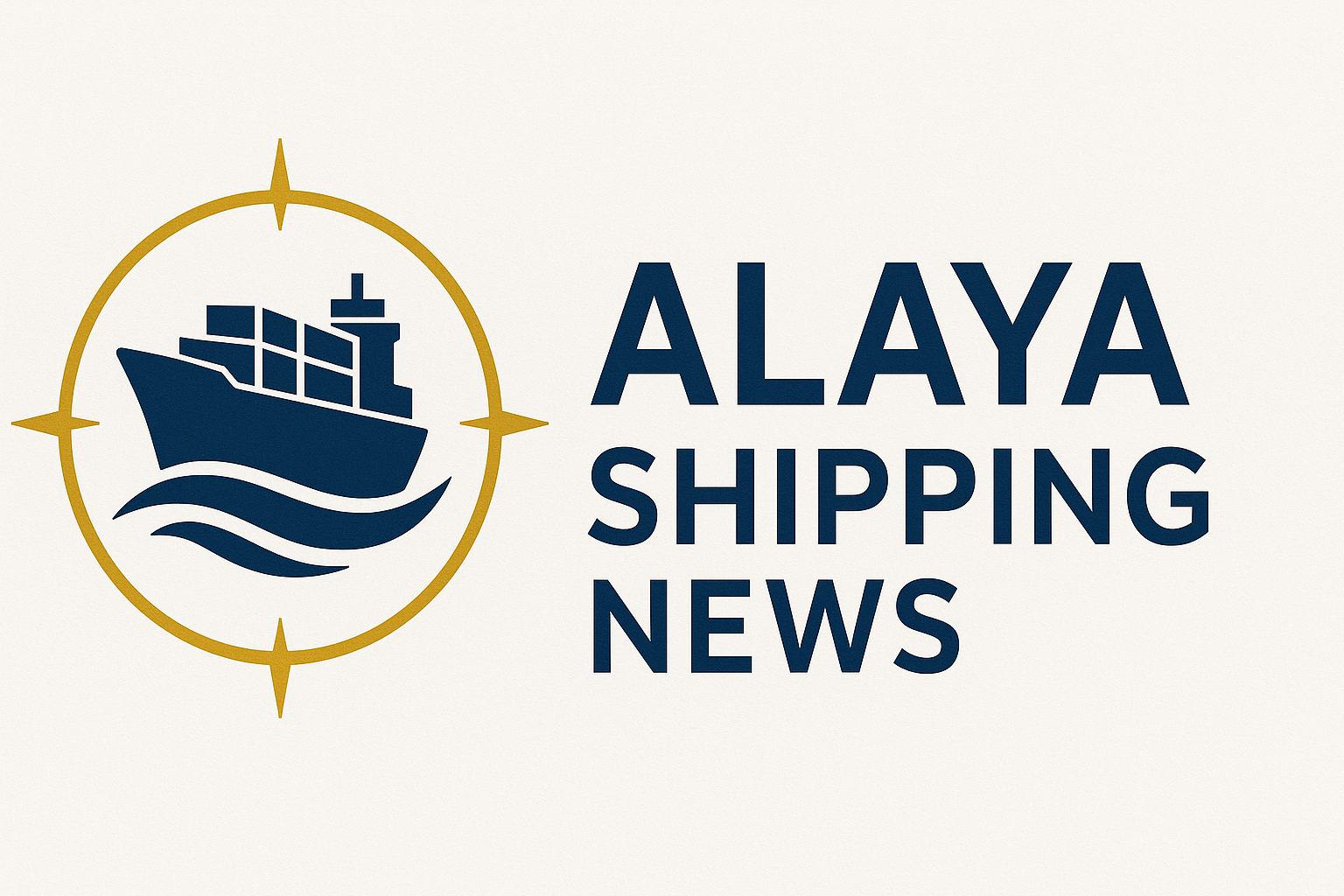
Cerberus and HD Hyundai Partnership Seeks to Revitalize U.S. Shipbuilding
The U.S. shipbuilding industry, once a cornerstone of American industrial prowess, has faced significant challenges over the past few decades. However, a new partnership between Cerberus Capital Management and HD Hyundai aims to breathe new life into this critical sector. This collaboration is not merely a business venture; it represents a strategic effort to bolster national security, economic resilience, and technological innovation in the maritime domain. As global tensions rise and supply chain vulnerabilities become more apparent, the revitalization of U.S. shipbuilding has never been more crucial.
The State of U.S. Shipbuilding: A Sector in Need of Revival
For years, the U.S. shipbuilding industry has struggled with high costs, outdated infrastructure, and a dwindling skilled workforce. According to industry reports, these challenges have led to a decline in competitiveness, with many shipbuilders unable to match the efficiency and scale of their Asian and European counterparts. The partnership between Cerberus and HD Hyundai aims to address these issues by leveraging Hyundai’s advanced shipbuilding technologies and Cerberus’s financial acumen to modernize U.S. shipyards and streamline production processes.
The collaboration is expected to focus on enhancing the capabilities of existing shipyards, investing in new technologies, and training a new generation of skilled workers. By doing so, the partnership seeks to reduce production costs and improve the quality and competitiveness of U.S.-built vessels. This initiative is not only vital for the commercial sector but also for maintaining a robust naval fleet, which is essential for national security.
Economic Implications: A Boost for Jobs and Innovation
The revitalization of the U.S. shipbuilding industry could have significant economic benefits. The partnership is poised to create thousands of jobs, both directly in shipyards and indirectly through the supply chain. This influx of employment opportunities is particularly important in regions where shipbuilding has historically been a major economic driver but has suffered from industrial decline.
Moreover, the collaboration between Cerberus and HD Hyundai is expected to spur innovation within the industry. By integrating cutting-edge technologies such as automation, digitalization, and advanced materials, the partnership aims to position U.S. shipbuilders at the forefront of maritime innovation. This technological advancement is crucial for maintaining competitiveness in a global market that increasingly values efficiency and sustainability.
Geopolitical Considerations: Strengthening National Security
In the current geopolitical climate, the revitalization of U.S. shipbuilding holds strategic importance. As tensions rise in key maritime regions, such as the South China Sea and the Arctic, the ability to quickly and efficiently produce naval vessels is paramount. A robust domestic shipbuilding industry ensures that the U.S. can maintain and expand its naval capabilities without relying on foreign suppliers, which could pose security risks.
Furthermore, a strong shipbuilding sector enhances the U.S.’s ability to project power and protect its interests globally. By investing in the modernization of shipyards and the development of advanced naval vessels, the Cerberus and HD Hyundai partnership contributes to a more secure and resilient national defense posture.
Regulatory and Supply Chain Challenges
Despite the potential benefits, the partnership will face several challenges, particularly in navigating regulatory frameworks and supply chain complexities. The U.S. shipbuilding industry is subject to stringent regulations that can impact production timelines and costs. Streamlining these regulations, while maintaining safety and environmental standards, will be crucial for the success of the partnership.
Additionally, the global supply chain for shipbuilding materials and components has been disrupted by the COVID-19 pandemic and ongoing geopolitical tensions. The partnership will need to develop strategies to mitigate these disruptions, such as sourcing materials domestically or diversifying suppliers. Addressing these supply chain challenges is essential for ensuring the timely and cost-effective production of ships.
Analyst Perspectives: Opportunities and Risks
Industry analysts have mixed views on the potential success of the Cerberus and HD Hyundai partnership. Some analysts are optimistic, citing the combination of Hyundai’s technological expertise and Cerberus’s financial resources as a powerful driver for change. They believe that the partnership could serve as a model for future collaborations between U.S. and foreign companies in other industrial sectors.
However, other analysts caution that the partnership faces significant risks. The high costs associated with modernizing shipyards and training a new workforce could strain financial resources. Additionally, the partnership must navigate complex regulatory environments and geopolitical uncertainties that could impact its operations.
Conclusion: Navigating the Future of U.S. Shipbuilding
The partnership between Cerberus and HD Hyundai represents a pivotal moment for the U.S. shipbuilding industry. In a best-case scenario, this collaboration could lead to a revitalized sector that creates jobs, drives innovation, and strengthens national security. The successful modernization of U.S. shipyards could also enhance the country’s competitiveness in the global maritime market.
Conversely, if the partnership fails to overcome regulatory and supply chain challenges, it could struggle to achieve its ambitious goals. The high costs of modernization and workforce development could also pose significant financial risks.
Ultimately, the future of U.S. shipbuilding will depend on the ability of Cerberus and HD Hyundai to navigate these challenges and capitalize on the opportunities presented by their partnership. As the industry watches closely, the outcome of this collaboration could set the stage for the next chapter in American industrial history.
Sources (selection):
